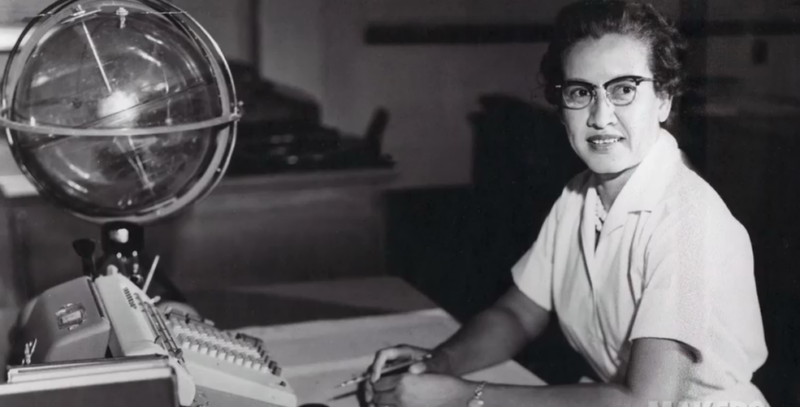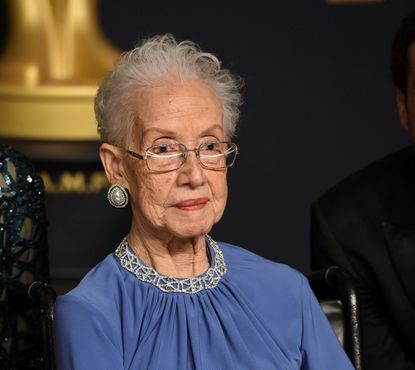Johnson was one of a group of black women mathematicians at NASA who served for the space agency. Katherine Johnson has one of the finest mathematical minds in the country. She calculated the precise trajectories that would let Apollo 11 land on the moon, 1969 and after Neil Armstrong’s history-making moonwalk, let it return to the Earth.
She also calculated plot the successful flight of the first American in space, Alan B. Shepard Jr., when his Mercury spacecraft went aloft in 1961.
A year after that, she made it possible for John Glenn, in the Mercury vessel Friendship 7, to become the first American to orbit the Earth.
However, throughout Johnson’s 33 years in NASA’s Flight Research Division—and for decades afterward, almost no one knew her name.
President Barack Obama awarded her the Presidential Medal of Freedom in 2015 saying, “Katherine G. Johnson refused to be limited by society’s expectations of her gender and race while expanding the boundaries of humanity’s reach.”
Their story was told in the 2016 Hollywood Film entitled “Hidden Figures,” based on Margot Lee Shetterly’s nonfiction book of the same title, published that year.
In January 2017, the film received the Screen Actoes Guild Award for outstanding performance by cast in a motion picture.
“Hidden Figures” was nominated for three Oscars including best picture. Though it won none, Mrs. Johnson received a sustained standing ovation when she appeared onstage with the cast.
NASA dedicated a building in Johnson’s honor at its Langley Research Center in Hampton, Va.
According to New York Times, she “helped our nation enlarge the frontiers of space,” NASA’s administrator, Jim Bridenstine, said in a statement on Monday, “even as she made huge strides that also opened doors for women and people of color in the universal human quest to explore space.”
“NASA was a very professional organization,” Mrs. Johnson told The Observer of Fayetteville, N.C., in 2010. “They didn’t have time to be concerned about what color I was.”
Nor, she said, did she.
“I don’t have a feeling of inferiority,” Mrs. Johnson said on at least one occasion. “Never had. I’m as good as anybody, but no better.”
To the end of her life, Mrs. Johnson deflected praise for her role in sending astronauts into space, keeping them on course and bringing them safely home.
“I was just doing my job,” Ms. Shetterly heard her say repeatedly in the course of researching her book.










